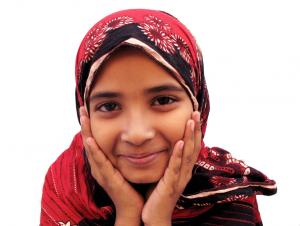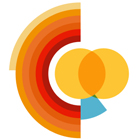What will a typical school day in the year 2020 (or beyond) look like? How and where will kids learn? What will be the role of the teacher, the parent, the education community?
Over the coming weeks, I'll post responses from respected authorities on the field byway of articles, video interviews, and innovative projects.
We'll launch the series with a collaborative project by Knowledgeworks and Collective Invention for Grantmakers for Education that shows what learning will look like in the year 2025. The group created scenarios of the future from the perspective of learners and educators in order to help grantmakers understand what kind of innovations would make the biggest impact on learners.
From Learning 2025: Forging Pathways to the Future.
The heart of formal learning is the relationship between a learner and a mentor, teacher or technical master. That relationship is supported by family and community. Traditionally we’ve built schools at the center of our communities to enable such relationships for larger numbers of children. In today’s world, the mentor-learner relationship is now managed by various entities, from school districts to charter school networks to home-school networks to—increasingly--online communities.



